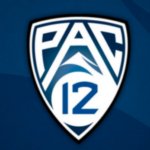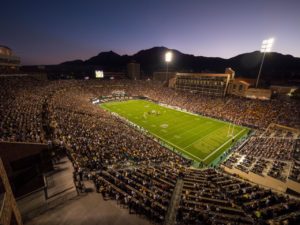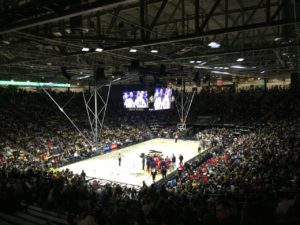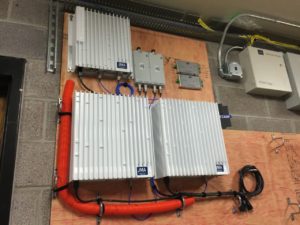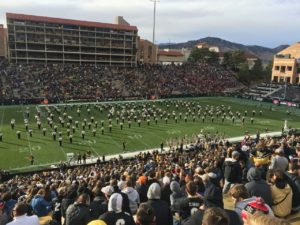Citing the availability of better, more rapid testing for Covid-19 infections as a main changing point, the Pac-12 conference last week announced it would “resume its football, basketball and winter sport seasons,” with football games possibly taking place starting Nov. 6.
While the announcement on the conference website noted that “the football season may now commence for those teams that have the necessary state and local health approvals,” the reversal of the conference’s original decision to suspend sports was somewhat expected, after the Big Ten also reversed its earlier suspension and when a new deal to provide more comprehensive testing for athletes was signed.
The Mountain West conference also announced its plans to resume football, after also suspending play earlier this year. However, the virus may yet have the last say in all sporting plans, with Notre Dame recently postpoing a game with Wake Forest due to a Covid-19 outbreak among the Notre Dame team. As of Tuesday, Notre Dame was reporting 25 active cases.
Also on Tuesday, the NFL reported an outbreak of the virus among the Tennessee Titans, which may or may not lead to games being suspended this weekend.

